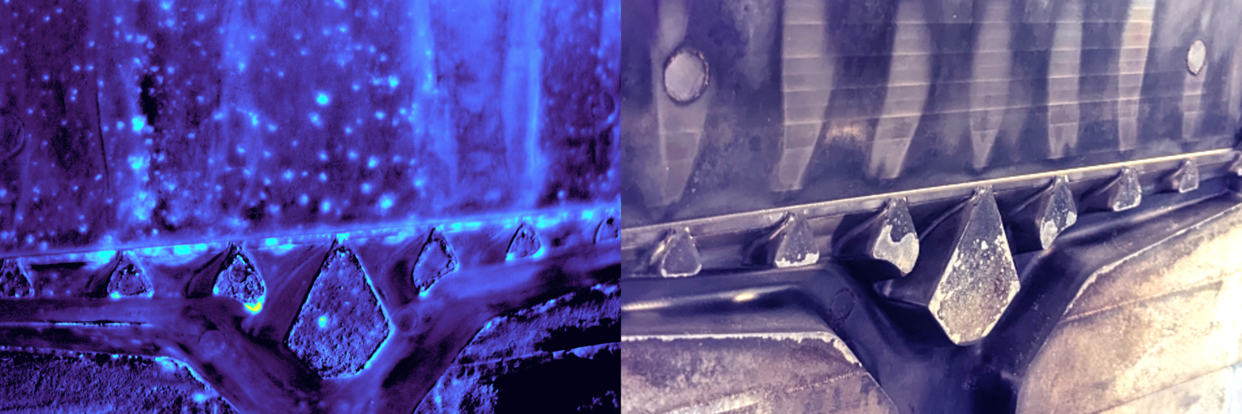

Die soldering, i. e. the undesirable adhesion of a light metal alloy to the die surface after ejection, continues to be a pressing problem for die casting. Die soldering leads to numerous disadvantages in production, which can be named as follows: Production interruptions as a result of insufficient component ejection as well as manual cleaning of the die surface from adhesions, a necessary manual reworking of the cast components as well as the die tools, and an increased use of release agents with associated negative side effects, such as a higher degree of contamination of the casting tool and die casting machine as well as increased emissions.
The aim of the project is, on the one hand, to improve the understanding of local bonding tendencies, taking into account different alloys and process conditions. To this end, components from industry will be investigated as well as in-house casting trials at the Leichtmetallzentrum Soltau (Light Metal Center Soltau) and subsequent investigations. In this way, it is hoped to achieve a design of the die spraying and other casting parameters that is more in line with requirements or more suitable for the application in question even before the first casting cycle. On the other hand, the aim is to couple the measurement of the ejector forces established in the predecessor project NBVAB with the release agent application, so that the release agent application can be increased in a systematic manner in areas with increased ejector forces. On the one hand, this is intended to increase process reliability by avoiding production interruptions. On the other hand, a reduction in release agent application is to be achieved by identifying die areas in which less release agent is required. This leads both to increased component quality by reducing the degree of contamination and to increased resource efficiency.